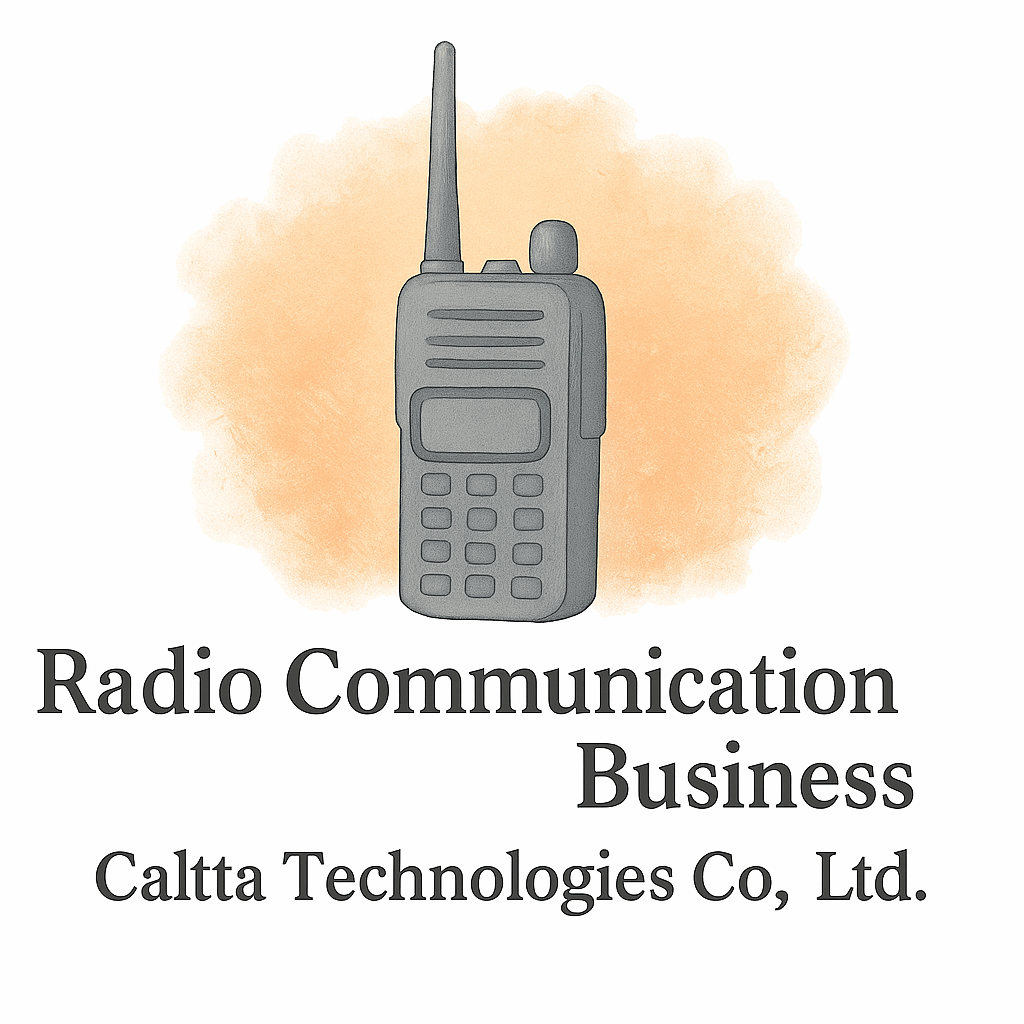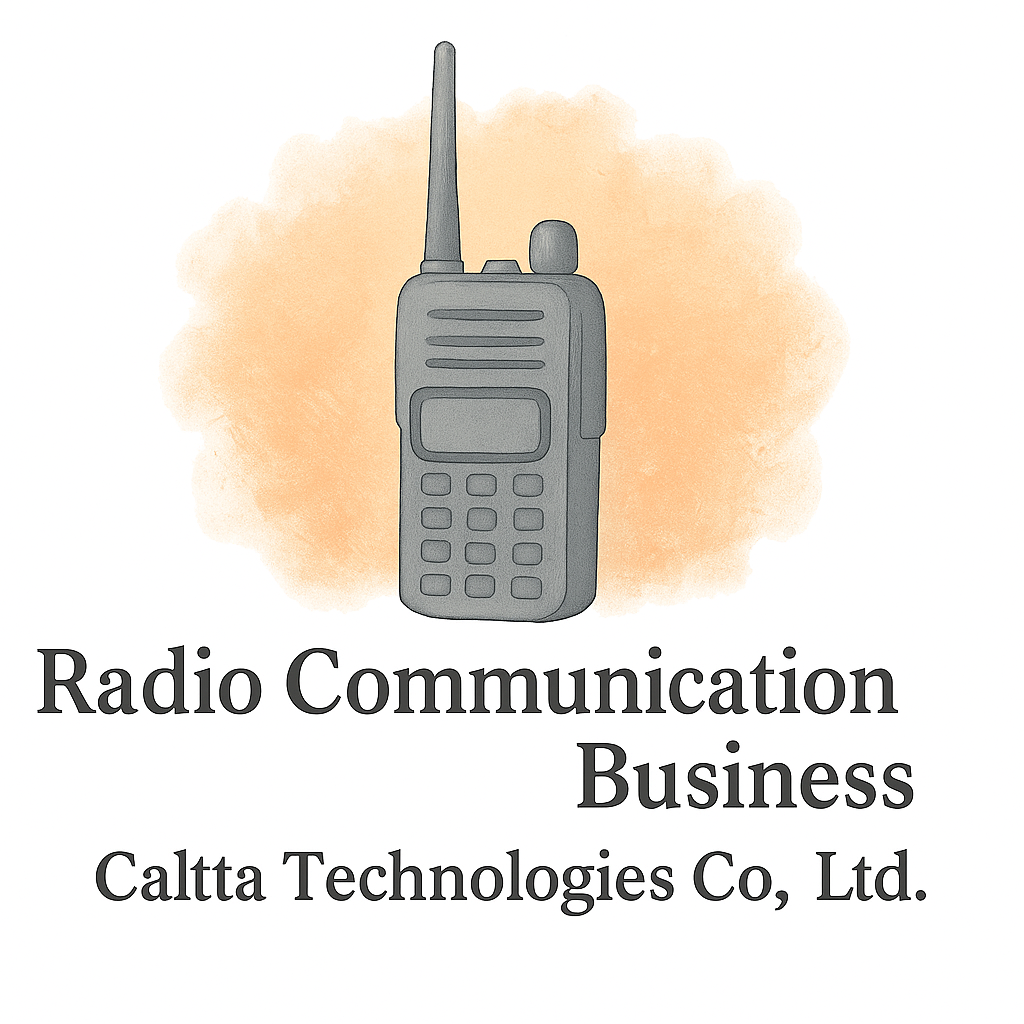Introduction: Why Radio Communication Still Matters in 2025
When most people hear “radio,” they think of old-school FM stations or walkie-talkies. But here’s the thing—radio communication in 2025 is nothing like your grandfather’s crackling radio set. It’s the invisible glue powering 5G networks, smart cities, autonomous cars, global business communications, and even space exploration. Without advanced radio technologies, our hyper-connected world would grind to a halt.
In this article, we’ll explore the 10 cutting-edge radio communication technologies in 2025, what makes them revolutionary, and why businesses, entrepreneurs, and industries should care.
The Evolution of Radio Communication
From Morse Code to Digital Signals
Radio communication has come a long way since the early 1900s. What began as dots and dashes of Morse code has evolved into high-speed digital signals capable of transmitting massive amounts of data across continents.
The Role of Radio in Modern Industries
Today, radio powers aviation, defense, logistics, healthcare, and even marketing campaigns. Whether it’s satellite communication in global shipping or IoT-enabled devices in healthcare, radio is still the heartbeat of connectivity.
Technology #1: 5G-Advanced Radio Communication
Ultra-Low Latency for Real-Time Operations
In 2025, 5G-Advanced radio communication is delivering latency under 1 millisecond, enabling instant responses. Think autonomous vehicles avoiding crashes or remote surgeons operating with robotic precision.
Applications in Smart Cities & Autonomous Vehicles
From traffic management systems to self-driving cars, radio-powered 5G is transforming urban life. Businesses leveraging 5G-based communication solutions are unlocking smarter operations and seamless customer experiences.
Technology #2: AI-Driven Spectrum Management
Smarter Frequency Allocation
With millions of connected devices, spectrum congestion is a real problem. AI-driven systems now analyze usage patterns and dynamically allocate frequencies to reduce bottlenecks.
Reducing Interference with Machine Learning
AI doesn’t just assign frequencies; it learns. By detecting interference before it causes disruption, AI-powered spectrum management ensures communication lines remain crystal clear—whether for enterprises or emergency responders.
Technology #3: Quantum Radio Communication
Unhackable Communication Channels
Quantum technology is changing the game. By transmitting information using quantum particles, quantum radios offer virtually unhackable security.
Use Cases in Defense and Finance
Governments, banks, and even healthcare institutions are investing in quantum communication to prevent cyber threats. In a world where data is gold, secure communication is priceless.
Technology #4: Satellite-Integrated Radios
Expanding Global Connectivity
Satellite radio is no longer just for GPS or in-car entertainment. In 2025, low-Earth orbit (LEO) satellites are making high-speed radio communication available anywhere on Earth.
Affordable Solutions for Remote Areas
This technology is especially impactful in remote and rural areas, helping startups, businesses, and schools gain connectivity at lower costs.
Technology #5: Mesh Radio Networks
Decentralized Communication Systems
Mesh networks use multiple nodes that connect directly, dynamically, and non-hierarchically. This means no single point of failure, making communication more reliable.
Emergency and Disaster Applications
In natural disasters where infrastructure collapses, mesh radio networks enable first responders and communities to stay connected—literally life-saving communication.

Technology #6: IoT-Enabled Radio Devices
Seamless Machine-to-Machine Communication
IoT radios allow devices to talk to each other without human intervention. From smart factories to healthcare monitoring, this tech ensures real-time updates and alerts.
Impact on Logistics and Healthcare
Hospitals rely on IoT-enabled radios for patient monitoring, while logistics firms use them to track shipments globally with precision.
Technology #7: Cognitive Radio Systems
Intelligent Adaptation to Frequency Needs
Cognitive radios automatically sense which frequencies are underused and adapt instantly. This flexibility maximizes efficiency across industries.
Military and Commercial Benefits
From military field operations to enterprise communication systems, cognitive radios are making networks smarter and more resilient.
Technology #8: Energy-Efficient Radio Communication
Low-Power Designs for Sustainable Networks
As sustainability becomes a business priority, energy-efficient radios are minimizing power consumption while maximizing output.
Eco-Friendly Communication Trends
Industries are adopting these technologies to align with green initiatives, cutting both energy costs and carbon footprints.
Technology #9: Radio over Fiber (RoF)
High-Speed Hybrid Communication
RoF integrates optical fiber with traditional radio signals, offering lightning-fast data transfer rates with extended range.
Benefits for Smart Infrastructure
This hybrid system supports smart grids, airports, and data centers, ensuring uninterrupted communication across vast infrastructures.
Technology #10: Blockchain-Backed Radio Security
Decentralized Security Protocols
Radio systems secured by blockchain technology ensure tamper-proof records of transmissions.
Applications in Critical Industries
From finance to aerospace, blockchain-backed radios guarantee trustworthy communication where security can’t be compromised.
The Business Impact of Radio Communication in 2025
Opportunities for Startups and Enterprises
Startups focusing on radio-based solutions are finding ways to reduce costs and improve global connectivity. For entrepreneurs, this is a golden opportunity to innovate.
Explore business fundamentals and resources here:
👉 Business Startup Basics
Cost-Saving and Efficiency Gains
Advanced radio tech helps companies cut costs, improve compliance, and scale globally. Businesses that adapt early are reaping rewards.
👉 Learn more about Financial Planning and Cost-Saving strategies.
Challenges and Regulations in Radio Communication
Global Compliance Issues
Different countries have different laws regulating spectrum use. For global businesses, navigating these compliance hurdles is critical.
👉 Stay informed with Industry Insights and Regulation updates.
The Future of Radio Law & Regulation
As AI, quantum, and blockchain evolve, so will radio communication laws. Businesses need to adapt to avoid costly mistakes.
👉 See resources on Compliance and Law.
Conclusion: The Future of Connectivity Lies in Radio
Radio communication is not dead—it’s evolving faster than ever. From 5G-Advanced systems to blockchain-secured channels, these cutting-edge technologies are shaping how we live, work, and connect in 2025.
For businesses, entrepreneurs, and tech innovators, the message is clear: embrace these radio technologies, or risk being left behind in the next wave of connectivity.
👉 Explore more at Caltta International for resources on equipment & technology, marketing & branding, and essential business tools.
FAQs
Q1. What is the most advanced radio communication technology in 2025?
The standout is quantum radio communication due to its unhackable channels and high security.
Q2. How does AI improve radio communication?
AI-driven spectrum management reduces interference and optimizes frequency allocation for smoother connectivity.
Q3. Why are mesh networks important in 2025?
They provide reliable communication in disaster zones and don’t rely on a central hub.
Q4. Are blockchain-secured radios really safe?
Yes, blockchain creates tamper-proof logs, making radio communication virtually impossible to hack.
Q5. What industries benefit most from IoT-enabled radios?
Healthcare, logistics, and manufacturing rely heavily on IoT-powered machine-to-machine communication.
Q6. Will radio communication replace wired networks?
Not entirely. Technologies like Radio over Fiber (RoF) combine the best of both worlds for speed and reliability.
Q7. How can businesses leverage these technologies?
By integrating them into operations, marketing, and networking, businesses can save costs, increase efficiency, and stay competitive.


